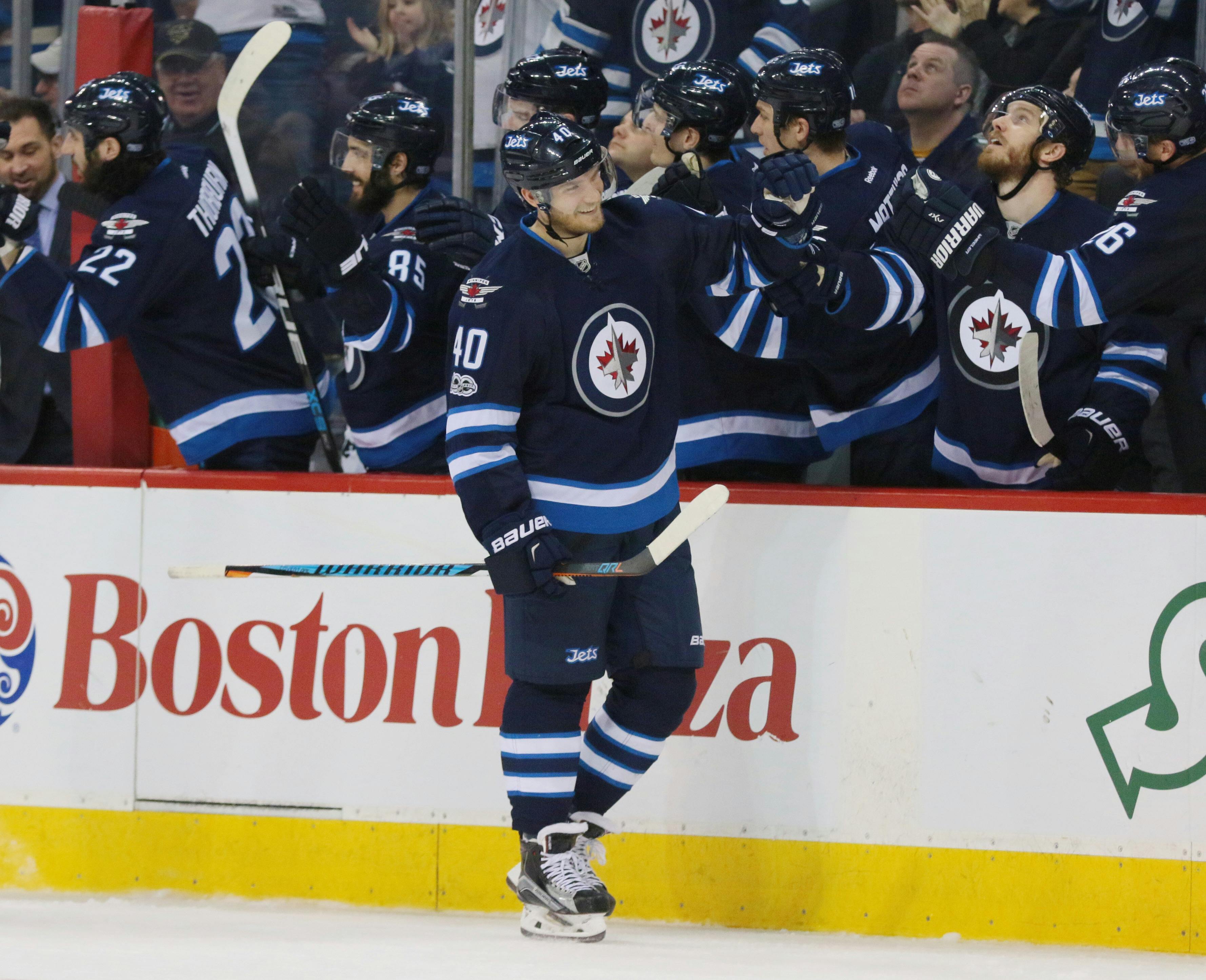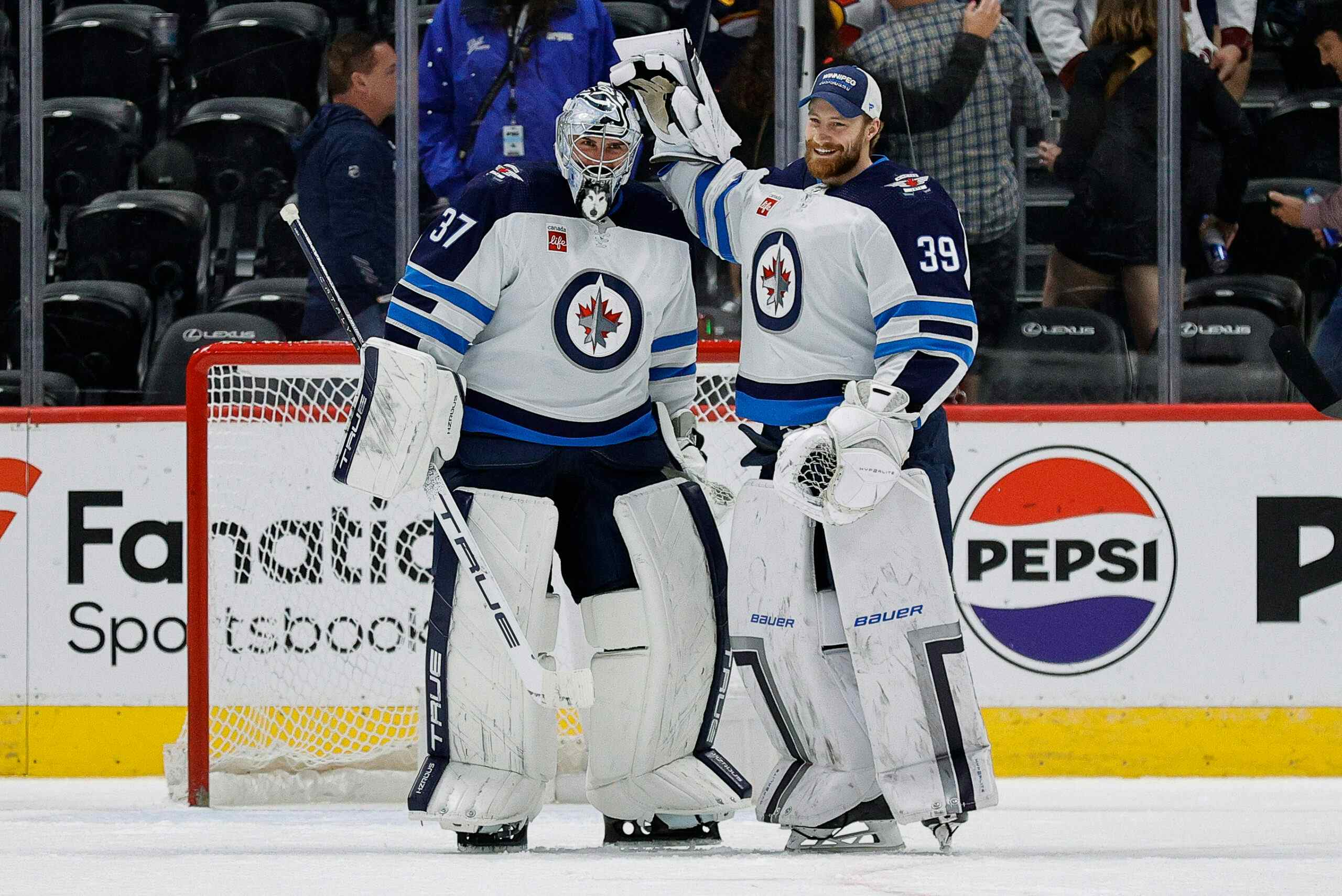Pilot’s Logbook: Joel Armia

By Garret Hohl
6 years agoThe Winnipeg Jets’ 2016-2017 disappointing season finally ended. While the extent of disappointment may be subjective from individual-to-individual dependent on expectations, fans without a single franchise playoff win prefer their seasons to carry some post-season excitement.
So, what went wrong? What went well? How do the Jets measure up against their competition? Which areas actually require improvement relative to others?
If your car breaks down, you need to know what is wrong with it prior to dropping cash to fix it. With that in mind, we continue our in-depth investigation on the Jets’ performance breaking down the team player-by-player from worst-to-best according to statistical impact, with some adjustments made by my own, personal analysis.
Up next: Joel Armia.
Basic Statistics
| GP | G | A | P | +/- | PIM | PPG | PPP | SHG | SHP | GWG | OTG | S | S% |
| 57 | 10 | 9 | 19 | -8 | 20 | 0 | 2 | 4 | 4 | 1 | 0 | 111 | 9.0 |
Armia only produced thirteen points at even strength but he produced fantastically in penalty kill situations with four goals scored shorthanded. Also worth noting is that despite playing fewer games and having less ice time per game, Armia almost put up equal number of shots on net as Lowry.
Goals Above Replacement

Goals Above Replacement data courtesy of @DTMAboutHeart.
Goals Above Replacement (GAR) combines multiple statistics in terms of one currency, allowing one to estimate a player’s overall impact. It is imperfect, as it combines many imperfect statistics, but it is also a severely useful tool.
Armia’s GAR rankings worked out fairly similar to Lowry, but with less ice time. The bulk of Armia’s influence on the Jets was through his defensive abilities, in suppressing expected goals against relative to usage. The winger’s biggest issue was a lack in offensive value. Like Lowry, Armia struggled to help out the team much in direct offensive production through box score statistics; however, unlike Lowry, the GAR model suggests Armia did not improve team expected goal production more than a replacement level player.
So, why did I rank Armia one spot higher than Lowry? Multiple small reasons. The main one is my own eye-test. With similar value (relative to ice time), I noticed Armia produce more plays that in the long run should lead to more positive results. While I may be wrong in my prediction, I’m suggesting that the GAR model may be underselling how much Armia indirectly assists the team in generating expected goals and over selling Lowry.
The model likely places Armia as the weak link due to his struggles when away from Lowry… but Armia only played one game without Lowry as his primary centre. Armia never received any significant amount of in- game or practice time to build chemistry with other line mates.
Advanced Metrics

| TOI | CF% | REL CF% | XGF% | REL.XGF% | G60 | A60 | P60 |
| 669 | 47.0 | -3.53 | 47.8 | -1.97 | 0.54 | 0.63 | 1.17 |
Armia did not post the strongest of numbers, but he spent almost all of his time with Lowry and either Shawn Matthias or Andrew Copp on the alternate side. The bulk of Armia’s poor results were during a short stretch that heavily skews his average performance. That time was with Mathieu Perreault and Bryan Little, and even the worst players should not expect poor results to consist, at least to that level.
Microstatistics

Visual is for minutes played in 2015-16 and 2016-17 combined.
Microstatistics provide a window into the actions that players take that create the results they do in the previous sections. They allow us to see why Armia performs in the manner he does.
Here is where we start to see the potential Armia carries pour into the results. For a player that has not produced much even strength scoring, Armia still manages to produce a lot of offense. He passes and shoots, and the passes and shots he tends to take are the ones that typical lead into scoring.
So, why hasn’t it turned into scoring? Only time will tell.
The biggest weakness for Armia comes in his transitional play. While Armia put up better transitional numbers than players like Chris Thorburn, Shawn Matthias, and Drew Stafford, he struggled overall. While a high percentage of Armia’s successful exits were with possession of the puck, Armia had low number of exits relative to possessions. In addition, Armia both struggled to gain successful entries and the team rarely created successful passes from those entries (which would exponentially increase the chance of the team scoring from their shots).
Please support Corey Sznajder (@ShutDownLine) for his contributions in manually tracking microstatistics. He has a Patreon page where you can make a donation for his tireless work supporting the community. Also, give Ryan Stimson (@RK_Stimp) a follow.
Final Thoughts
In our last session, I mentioned that Lowry is a weird but interesting player. So is Armia, both similarly and differently.
Armia, like Lowry, has high defensive impact relative to ice time, but has terrible scoring and very pedestrian impact on team expected goal generation. Armia also struggles in creating zone entries with possession, which suggests his poor impact on expected goal generation will continue unless he changes there.
Unlike Lowry, Armia does a lot of the things that in theory should lead up to scoring in the long run. He creates a lot of high quality shots (both in location and in dangerous passes prior) with high overall shot volume. Armia also creates a ton of shot assists. In theory, a player producing shots and passes like Armia does should score a lot more at five-on-five than the slightly above fourth line pace he currently puts up.
In the Lowry post, I broke down how I would build and deploy a bottom-six with the pieces the Jets had. I suggested a 3a and 3b line. The 3a line is built with one of the Jets three best forwards (Mark Scheifele, Blake Wheeler, or –most likely– Mathieu Perreault) and two of the Jets lesser top-nine skilled forwards (probably two of Nic Petan, Jack Roslovic, or Kyle Connor). The 3b line would be a defensively strong line that could be trusted to play solid fourth line minutes when trailing, but move up to a third line when the team has a high defensive pressure, like trailing late, and the team would sit it’s three weakest players in the top nine.
The overall results suggest that Armia would be best suited on the Jets fourth line, or in this case 3b, taking those high defensive pressure minutes with his strong defensive impact. However, with his underlying performance in microstatistics, there is a case for Armia playing on the 3a line. There is a chance that Armia could provide a lot of offense if deployed with stronger offensive linemates than Lowry, Matthias, and Copp (…just like Petan with Thorburn, Burmistrov, and Tanev).
All numbers courtesy of Corsica.hockey, @ShutdownLine, or @DTMAboutHeart unless otherwise noted. Please follow them all.
More Pilot’s Logbook Series
Recent articles from Garret Hohl





